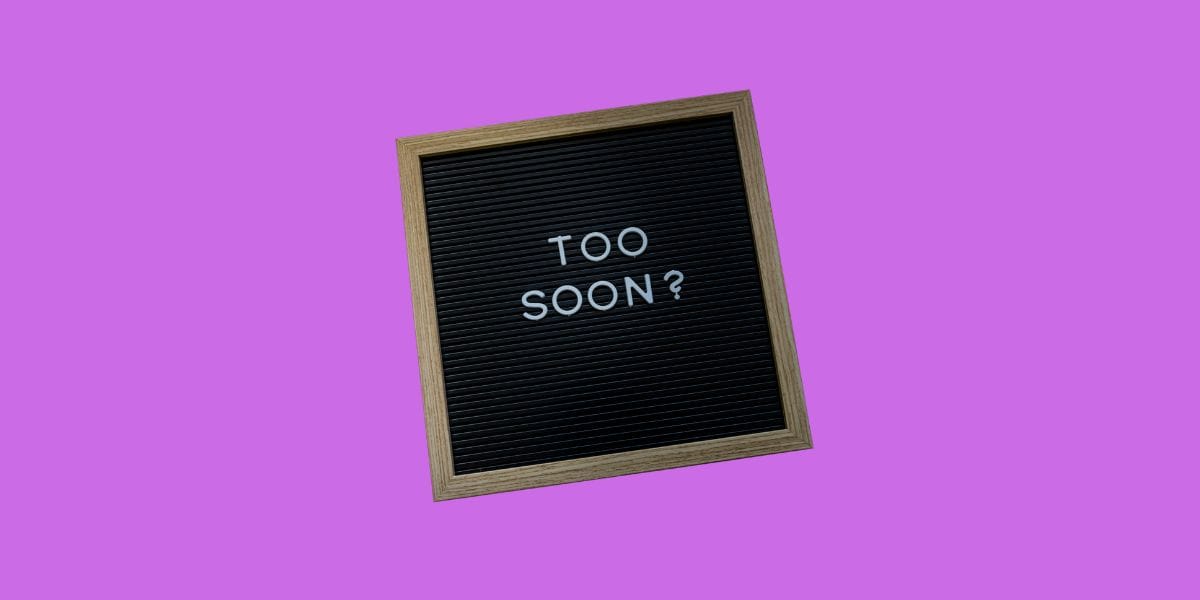With the First Home Super Saver scheme, you could withdraw from your super to help buy your first home.
Previously, on Spaceship Learn:
● If you’re eligible, the First Home Super Saver Scheme (FHSS) lets you save for your first home deposit in your super fund.
● You can do this by making voluntary super contributions.
● You can put some of your contributions toward your first home deposit to save time and money.
● There are strict eligibility requirements and costs, too.
Where were we?
The First Home Super Saver scheme is a way you can use your super fund to help save for your first home.
You could withdraw up to $50,000 worth of eligible voluntary super contributions plus earnings when you’re ready to make your first home deposit.
(Generally, an eligible voluntary super contribution is one you make to your super fund on your own behalf. Here’s some more about which contributions are eligible.)
Learning more about how to withdraw your money with the FHSS can help you decide whether it’s right for you.
What happens when it’s time to take your money out?
If you want to withdraw up to $50,000 of your voluntary super fund contributions for your first home deposit, you’ll need to follow some steps to take it out.
The ATO website or a financial professional can take you through this in more detail, but generally, the steps look a little bit like this:
- Request a FHSS determination through myGov
- Review your maximum release amount
- Request your FHSS release
- Receive your amount
- Enter into a contract to buy or build your home
- Complete your tax return.
1. Request an FHSS determination
An FHSS determination is when the ATO works out your maximum FHSS release amount.
Your maximum FHSS release amount is the total amount of your eligible FHSS contributions and associated earnings you can withdraw, made up of:
- 100% of your eligible non-concessional contributions, and
- 85% of your eligible concessional contributions, and
- Any earnings on those contributions equal to the “shortfall interest charge” rate.
Up to $15,000 of eligible contributions can be counted from any one year, up to the $50,000 limit. The associated earnings are added to this amount. (This means you can’t contribute $50,000 all at once.)
Here’s a reminder of what the different types of eligible contributions are.
You must have your FHSS determination before you apply for a release of your FHSS amounts, or sign a contract for your home.
When you’re ready to request your determination, you’ll need to apply online to the ATO through myGov.
You’ll need to give information about the eligible voluntary super contributions you’ve made and show super statements or super fund transactions list that confirm them.
2. Review your maximum FHSS release amount
The ATO will let you know the amount you’re eligible to withdraw and you can confirm or query the amount. This is an opportunity to make sure you’ve included all the voluntary contributions you want to withdraw, check that your details are correct, and object if you think the ATO got it wrong.
3. Request an FHSS release from your super
The next step is to request your FHSS release from the ATO.
You don’t have to withdraw your full maximum release amount if you don’t want to (though any unused eligible contributions will remain in your super fund).
You can request the release of your savings within 14 days after you’ve signed a contract to buy or build a home, as long as you’ve already had an FHSS determination.
4. Receive your money
The ATO will ask your super fund to transfer your eligible withdrawal amount to them.
Then the ATO will apply a withholding tax to the concessional contributions component of the released amount, and to any earnings component of the released amount. This is charged at your marginal tax rate plus the Medicare levy, minus a 30% tax offset. If you have any Commonwealth Debts, those will be deducted first, but don’t include HECS or HELP debts.
After that, they’ll send the balance to you. It can take three to five business weeks to receive your money once you request it, and you can only request an FHSS release once – so getting the timing right is important.
5. Buy your home
You must have a valid FHSS determination before you sign your contract to buy or construct your home.
You can use your FHSS money to buy or build, in Australia, a home you’ll live in, but it can’t include a houseboat, motor home, or a contract that is only to buy, but not build on, vacant land.
You must genuinely intend to live in the property, either by moving in as soon as possible once you’ve bought it, or for at least six of the first 12 months once you’ve bought it.
What if you change your mind?
Once you’ve received your money, you’re supposed to sign a contract to buy or build your home, and pay your deposit within the following 12 months, but if you don’t:
- The time period can be extended for another 12 months, or
- You can put the money back into your super fund as a non-concessional contribution, or
- You can keep the money but pay 20% of your assessable FHSS released amount as a tax on it.
There are some other important timelines to make sure you stick to:
- If you choose to put the money back in your super fund, you’ll need to tell the ATO within 12 months of when you first requested your release. Once you recontribute it to your super, you generally won’t be able to access it again until you retire.
- You can enter into a contract for your home either before or after applying for your FHSS release but if you enter into the contract before requesting the release, then you must request your FHSS release within 14 days of entering your contract.
- Once you’ve signed a contract to buy or build a new home you must tell the ATO within 28 days. If you don’t, you could be subject to the FHSS tax.
6. Fill in your tax return
You’ll receive an FHSS payment summary some time after the end of the financial year you requested the release. It will include your FHSS released amount as well as other details you’ll need to include when it’s time to fill in your tax return.
What else is there to know?
Every dollar counts when you’re saving for your first home deposit – and when it comes to super contributions, it’s money you may not otherwise see until you’re ready to retire. So it’s worth asking a financial professional who can give you personal advice. We’ve covered a lot here – but we haven’t covered everything.
Here’s some more information we’ve put together:
What is the First Home Super Saver scheme?
Are you eligible for the First Home Super Saver scheme?
How much can you save with the First Home Super Saver scheme?
And you can also find out more information by visiting the ATO.
The information in this article is prepared by Spaceship Capital Limited (ABN 67 621 011 649, AFSL 501605). It is general in nature as it has been prepared without taking account of your objectives, financial situation or needs. Before making any decisions in relation to the First Home Super Saver scheme based on the information in this article you should consider whether the information is appropriate having regard to your objectives, financial situation and needs.



